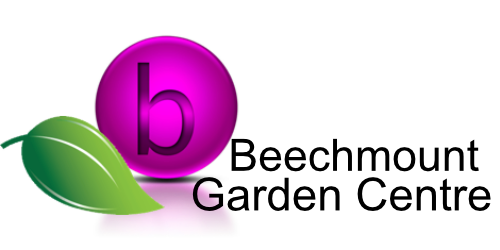Welcome to our store
Here you’ll find a mix of products, if you don’t see something that you’re looking for give us a call on 046 9029710.

FRUIT
-
Sale!

Apple Bramley Seedling
€23.99 -
Sale!

Apple James Grieve – PATIO
€21.00 -

Blackberry – Rubus Black Satin
€8.99 -

Blackberry Oregon Thornless
€10.95 -

Blackcurrant Ben Sarex
€8.95 -
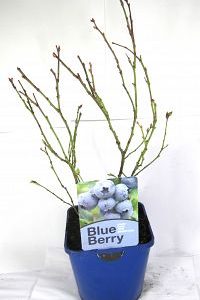
Blueberry
€6.99 -
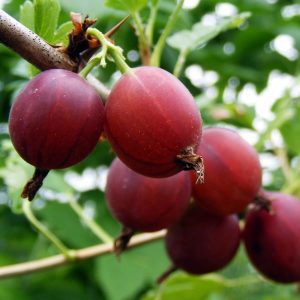
Gooseberry – Ribes Captivator
€8.99 -
Sale!
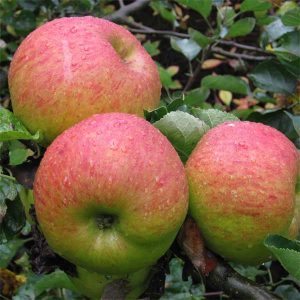
Malus Bramley Seedling
€23.99 -
Sale!
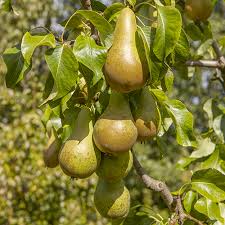
Pear Conference
€23.99 -
Sale!
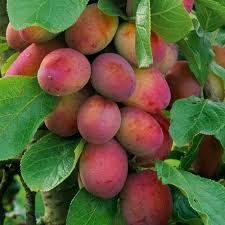
Plum Victoria
€23.99 -
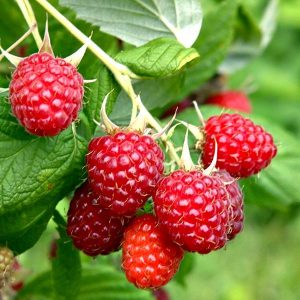
Raspberry – Rubus Malling Promise
€8.99 -

Raspberry Autumn Bliss
€8.99
Fruit Care
Pruning
Pruning is a horticultural practice that involves the removal of some certain parts of the trees that inhibit its growth and development. After you plated the tree, prune the top immediately to restore the normal ratio of roots to the top. Most fruiting trees need to be pruned while they are still dormant in winter. Of course, you need to have pruning tools (pruners, clippers, shears, and loppers). Remove the deadwood and unwanted branches. Basically, always maintain the tree in shape. Perform pruning every year.
Mulching
Mulching is done to improve the fertility and the health of the soil by applying a layer of material to the top area of the soil. Mulching is also used to reduce weed growth that also affects our plants. Mulches are usually organic in nature. But there are also other materials of mulches like old carpet, rubber, plastic, rock, and gravel. Mulches can be applied anytime. But commonly, mulching is done after planting the tree to maintain the moisture of the soil.
Pollination
Pollination is ideal for fruit trees to produce seeds. It is the process of moving the pollen grains from one plant to another. There are many ways to perform pollination. It can be natural in which animals like birds and bees carry the pollen to another area, or through the wind. Usually in orchards, hand-pollination is done. To do this, you have to manually transfer pollen from one plant to the pistil of another. You can use cotton swap, small brush or pollen-sprayer.
Fertilizing
After the first season, your trees will need a little nitrogen to speed up its growth. Head to your favourite shops and purchase fertilizers. We recommend the use of organic, high nitrogen fertilizer which includes composted chicken manure. The amount of fertilizer that you will apply depends on the age of the tree. Just follow the instructions on the packaging of the fertilizer. Basically, peach and hazelnut trees demand more fertilizer than any other fruiting trees.
Fruit Thinning
Fruit thinning aims to achieve the appropriate fruit size and annual bloom of fruiting trees. It involves removing flowers or young and immature fruits. It also stimulates next year’s crop, helps to prevent limb damage from heavy fruit load, and improves the size, color, and quality of fruits. To do this, you just need your hand or pruners and carefully remove the excess fruits. Do fruit thinning in the early stages of fruit development or after pollination.
Irrigation
Commonly, mature fruit trees need period irrigation. You need to wet the top two to three feet of the soil. Perform watering every two or three weeks. We also recommend micro-irrigation systems. This type of irrigation method use trickle, micro-spray or micro-sprinkler to water the tree line of the orchard, whereas conventional methods can wet traffic-lane between rows. Also, the amount and frequency of water provided by micro-irrigation systems are enough to match the requirements of the crop.
Pest Control
Basically, pest control can be done through the use of synthetic pesticides. However, this method is not sustainable and is not healthy for the environment, especially your orchard. Also, pesticides can kill the natural predators that protect your trees. It is important that you perform organic pest control methods and understand the predator-pest relationship. Orchard predators like beetles, earwigs, hoverfly larvae and lacewings kill pests that attack your trees. During spring and summer, wasps and hornets provide fantastic pest control.
Harvesting and Storage
After all your efforts of taking care and maintaining the fruit trees, it is the time for you to reap all your hard work. But before harvesting, you should make sure that the fruits have reached full maturity stage. The maturity of various fruits can depend on the variety, season and weather conditions. For example, different varieties of apples have varied ripening seasons – “Gravenstein” in July, “Gala” in August, “Jonagold” in September, “Fuji” in October and “Granny Smith” in November.
Apples can be harvested when they easily separate from the tree when twisted upward. Apricots, peaches, plums, prunes and sweet cherries ripe when ready for picking. European pears are usually picked when green.
Once harvested, wash the fruits first. If you want to store them, make sure you wrap them in paper and place them in cold storage.
